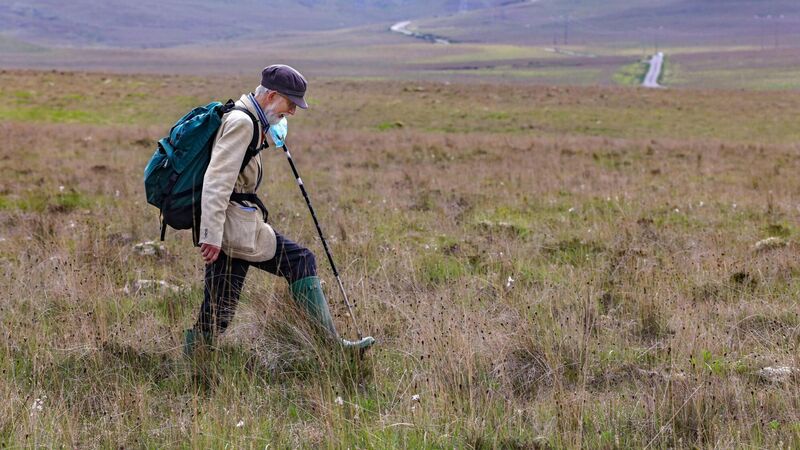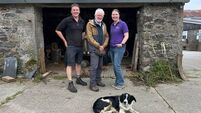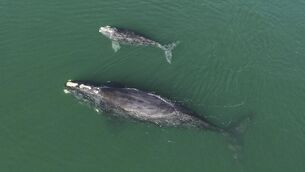Restoring peat soils requires long-term thinking and immediate, strategic action

Dr Daniel Kelly, woodland and forest ecologist, exploring the Derreenanaryagh bog, Glencar, County Kerry as part of the Botanical Society of Britain and Ireland (BSBI) botanical 4-day summer field event. Pictures: Valerie O'Sullivan
Peat is a special kind of soil. We are very aware that the midland raised bogs are a special type of habitat, home to carnivorous plants such as sundews, butterworts, and bladderworts — rich in insect life such as dragonflies, damselflies, and specialist butterflies like the endangered Marsh-fritillary. Peat bogs are where breeding waders such as Curlew, Red Grouse, Lapwing, Redshank and Snipe have been breeding for millennia, now struggling to survive because so much of their habitat has been lost in recent decades, due to a combination of drainage, peat mining, and plantation forestry.
Peatlands have also come into sharp focus over the past 20 years because they are the largest and most concentrated global store of carbon of all terrestrial ecosystems, containing twice the carbon of the forest biomass. But drainage reverses the process of carbon sequestration and instead, dry peat soils release vast quantities of carbon dioxide back into the atmosphere. Each hectare of drained bog, whether cutover or cutaway, emits six tonnes of carbon dioxide per year for each year that it remains dry. In Ireland, the cumulative impact of these emissions is enormous: drained peatlands here release 11 million tonnes of carbon dioxide per year — about the same amount released by the Irish energy sector annually.










